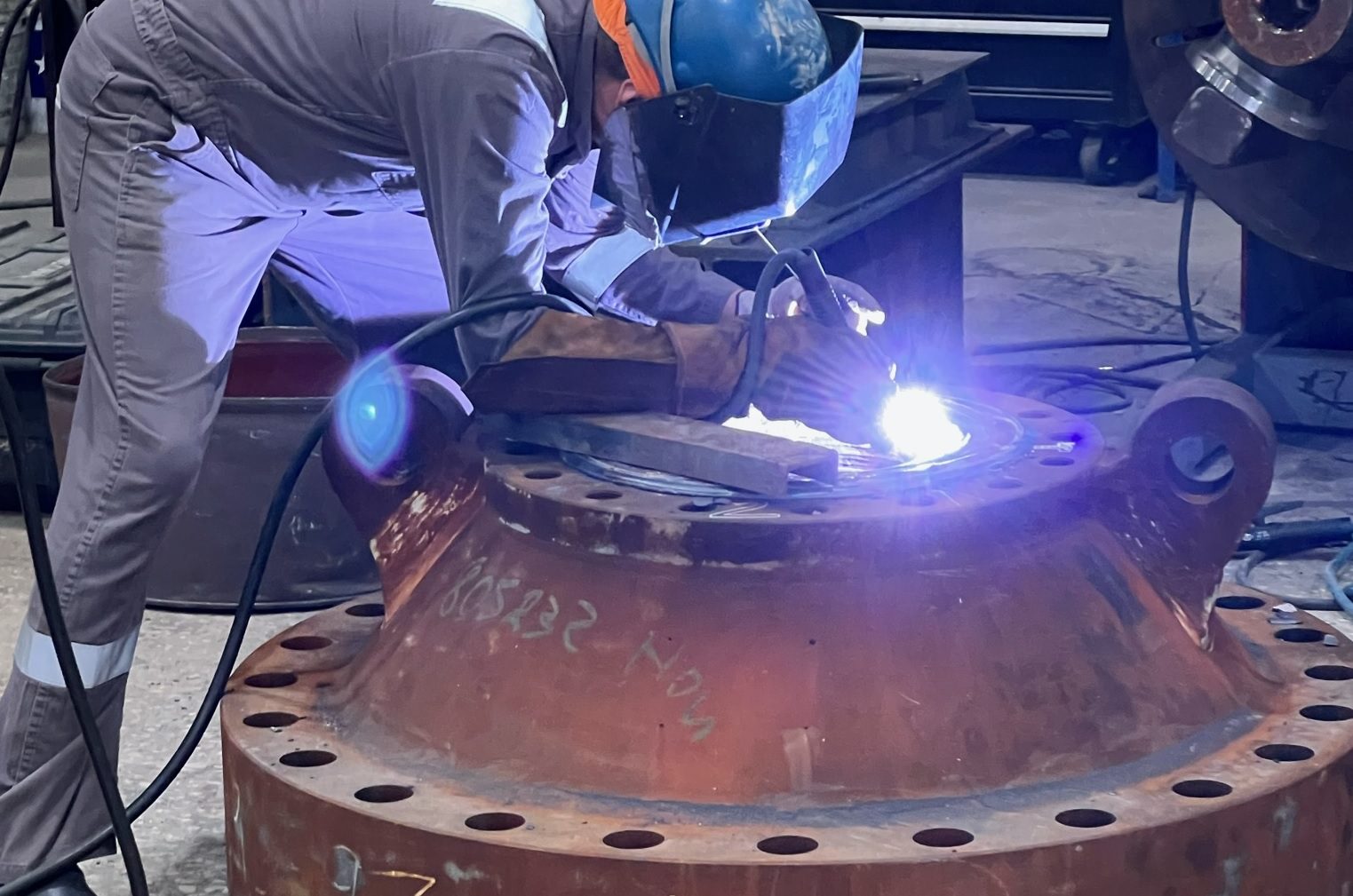Spooltech LLC, a leading industrial engineering and manufacturing provider, has successfully acquired TRCW, renowned for its specialization in Corrosion Resistant Alloy Welding.
Clad materials combine corrosive and/or wear resistance properties of corrosion resistant alloys (CRA) with various other metals adding safety and protection from harsh chemicals or environments. We’ll look at the similarities and differences of cladding 316 stainless steel, Inconel 625, and Stellite alloys, three of the most common alloys used today.
DNV L1 and DNV L2 are classifications used by Det Norske Veritas Germanischer Lloyd (DNV), a global quality assurance and risk management company, to categorize spools for subsea oil and gas pipelines. We’ve broken out a few of the main differences when comparing DNV L1 to DNV L2.
Natural gas markets around the globe remain tight as uncertainty persists around Chinese LNG demand and further supply cuts by Russia. What’s in store for 2023 based off forecasting of Q1.
Carbon capture is back. In March, the U.S. Department of Energy announced up to $24 million for research into technology that captures carbon dioxide emissions from the air, a technique called direct air capture (DAC).
Per Enverus: Near-term recession concerns and oil price weakness should not obscure a tight oil supply outlook that should spark $100/bbl oil in 2023. NYMEX natural gas meanwhile should dip into the $3.50s next summer.
Baker Hughes has issued the rotary rig counts as a service to the petroleum industry since 1944, when Baker Hughes Tool Company began weekly counts of U.S. and Canadian drilling activity.
At first glance, the DNV 2.7-1 and DNV 2.7-3 standards appear quite similar, but there are some subtle and important differences. We’ll dive deeper into these standards here.
The American Society of Mechanical Engineers (ASME) is a non-profit organization that was founded in 1880 to assist the global engineering industry in developing solutions to real world challenges.
- 1
- 2















